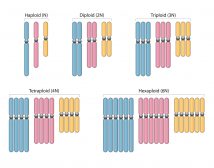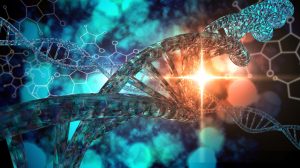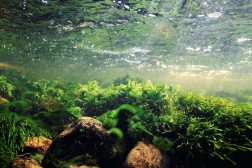Definition
noun, plural: eosinophils
A type of polymorphonuclear leukocyte characterized by having a kidney-shaped nucleus, presence of cytoplasmic granules that render the cell pink or orange when stained with the usual dyes (e.g. H&E stain), and whose immune function is primarily for allergic inflammatory responses and against parasitism
Supplement
The polymorphonuclear leukocytes are characterized by having nuclei with three or more lobes joined by filamentous connections and cytoplasmic granules perceptible through conventional staining (e.g. H&E stain) and light microscopy. In humans, the polymorphonuclear leucocytes may be subdivided into eosinophils, basophils and neutrophils according to the staining properties of the granules. The eosinophils, in particular, are so named because it is readily stained by eosin. It stains pink to orange hues when stained with usual dyes (e.g. H&E stain).
Similar to other polymorphonuclear leukocytes, the eosinophil goes through the granulocytic series of hematopoiesis. Its developmental stages are as follows: hemocytoblast → common myeloid progenitor (or CFU-GEMM) → CFU-GM → CFU-G → myeloblast → eosinophilic promyelocyte → eosinophilic myelocyte → eosinophilic metamyelocyte → eosinophilic band cell → eosinophil. The main function of the eosinophils is to destroy parasitic organisms (e.g. enteric nematodes). They also play a major role in allergic reactions. They secrete chemical mediators that can cause bronchoconstriction in asthma.
The eosinophil has kidney-shaped nucleus (usually two-lobed) and a size ranging from 10 to 12 μm. In humans, the eosinophils account for the 2.3% of the total white blood cells in the body.
Synonym(s):
- acidophilic leukocyte
- eosinophilic leukocyte
- acidophil
- eosinocyte
- oxyphil
- oxyphile
- oxyphilic leukocyte
See also:







